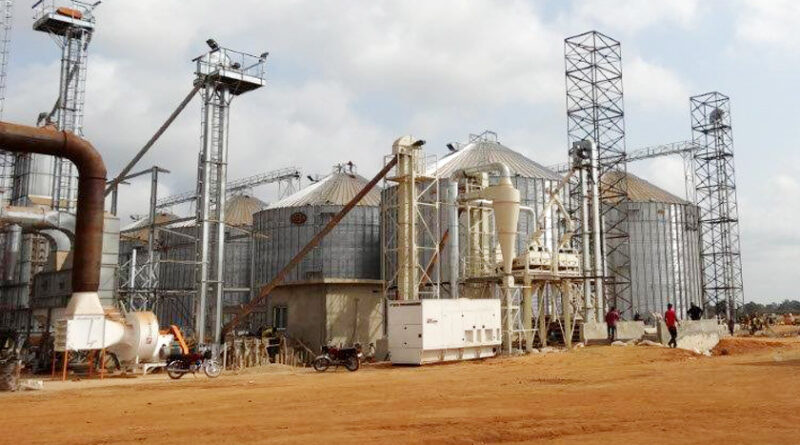Space shortage: 31-lakh-tonne wheat to be stored in rice mills, says minister
Owing to shortage of space to store wheat during the ongoing harvest season, the food and civil supplies department of Punjab has decided to store 31 lakh tonnes (LT) of wheat on the premises of rice mills, food and civil supplies minister Lal Chand Kararuchak announced on Wednesday. He also said that the state witnessed bumper wheat crop this season, which would help in achieving the target of 124 lakh metric tonne (LMT) with ease for the central pool.
During a press conference, he announced that the state government had increased the labour rate to ₹2.64 per sack for loading work. “Until a year ago, the labourers used to get ₹1.80 per sack which was increased by 41 paise to ₹2.21 per sack at time of paddy procurement. Now, a further increase of 43 paise has been effected in the labour rates,” he said.
So far, 4.19 lakh tonnes of wheat have arrived in the mandis out of which, 3.22 lakh tonnes procured and ₹151 crore has been credited into the accounts of the farmers as minimum support price. The minister informed that the state has a storage space for 250 lakh tonnes. As much as 138-lakh-tonne rice and 2 lakh tonnes of wheat are stored in the godowns. As much as 50-lakh-onne more rice is expected to reach the mandis.
Also read: SEA urges govt to lift ban on de-oiled rice bran exports to clear stock
“15 lakh tonnes of wheat will be directly sent to consuming states from the mandis and the target for total procurement is 124 lakh tonne. So, we need space for 109 lakh tonnes of wheat,” said the minister. Food, civil supplies and consumer affairs’ principal secretary Rahul Tiwari and secretary-cum-director Varinder Kumar Sharma were also present.
In Sangrur, 63,107 tonnes have arrived in mandis and 46,112 tonnes have already been procured. Sangrur chief agriculture officer Dharminderjit Singh said a 4.2% increase in yield is expected this time.
Dr Hari Ram from Punjab Agricultural University (PAU) said a delay this time, attributed to a climate change in February followed by normal weather conditions, benefited the crop.
This article has been republished from The Hindustan Times.

